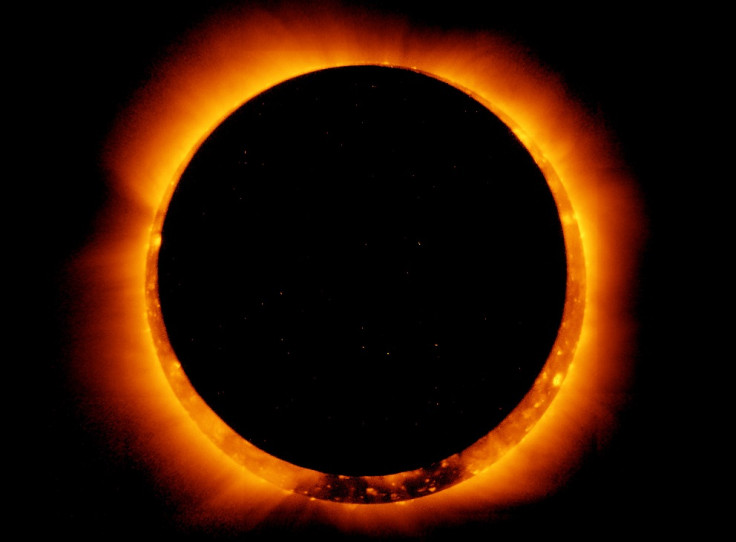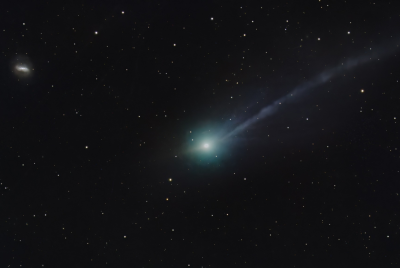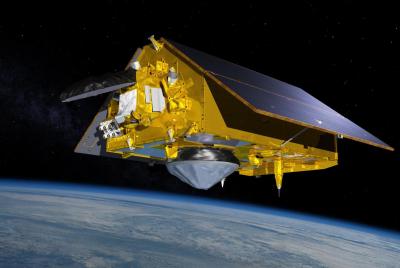Solar eclipse 2015: Where to watch spectacular future eclipses around the world

A blanket of cloud hanging over the UK obscured views of the biggest solar eclipse seen from Britain in 16 years on 20 March, leaving some hopeful of catching a glimpse of the rare phenomenon disappointed. Yet although eclipses are rarely seen in Europe, they can been seen elsewhere in the world every year or so.
The next solar eclipse of similar magnitude to today's event will take place on 12 August 2026, but there are other upcoming solar eclipses around the world that are set to be spectacular – the perfect excuse to travel.
13 September 2015: Partial solar eclipse. Visible from Cape Town, Johannesburg and Pretoria in South Africa, as well as areas in Namibia, Botswana and Madagascar.
8 March 2016: Total solar eclipse. Visible from south-east Asia (one of best locations to watch the event is Sumatra, Indonesia) and Australia.
1 September 2016: Annular solar eclipse. An annular eclipse occurs when the sun and moon are exactly in line, but the apparent size of the moon is smaller than that of the sun. Therefore, the sun appears as a very bright ring, the annulus or "ring of fire", around the outside of the dark disk of the moon. It will be visible from central Africa and Madagascar.
26 February 2017: Annular solar eclipse. Visible from south and west Africa, south and west South America and areas of the Indian Ocean.
21 August 2017: Total solar eclipse. Visible from most locations in the United States and Canada. This eclipse will be the first total solar eclipse visible from the contiguous US since 1979. The total phase of the eclipse will be visible from locations spanning from the East Coast to the West Coast – the last time this happened was 8 June 1918 during a total solar eclipse.

11 August 2018: Partial solar eclipse. Visible from areas of northern and eastern Europe, as well as Canada and Russia.
2 July 2019: Total solar eclipse. Visible from South America, especially Chile and Argentina.
26 December 2019: Annular solar eclipse. Visible from India and Sri Lanka.
21 June 2020: Annular solar eclipse. Visible from central America, southern China and northern India.
14 December 2020: Total solar eclipse. Visible from South America and South Africa, Rio de Janeiro in Brazil is set to have an excellent view of the event.
10 June 2021: Annular solar eclipse. Partially visible from London, as well as areas of eastern Russia and northern Europe, including Norway. The best views will be from Canada.
25 October 2022: Partial solar eclipse. The best views will be from Sweden, Norway, Finland, Estonia and western Russia, as well as central Asia – Kazakhstan, Turkmenistan and Uzbekistan.
What is a solar eclipse?
As seen from Earth, a solar eclipse occurs when the moon passes in front of the sun. Whether the eclipse is partial or total depends on the distance of the moon from our planet during the event.
A total eclipse occurs when the Earth intersects the umbra portion of the Moon's shadow, whereas when the umbra does not reach the surface of the Earth, the sun is only partially hidden which results in an annular solar eclipse. Partial solar eclipses take place when the viewer is inside the penumbra.
© Copyright IBTimes 2025. All rights reserved.






















